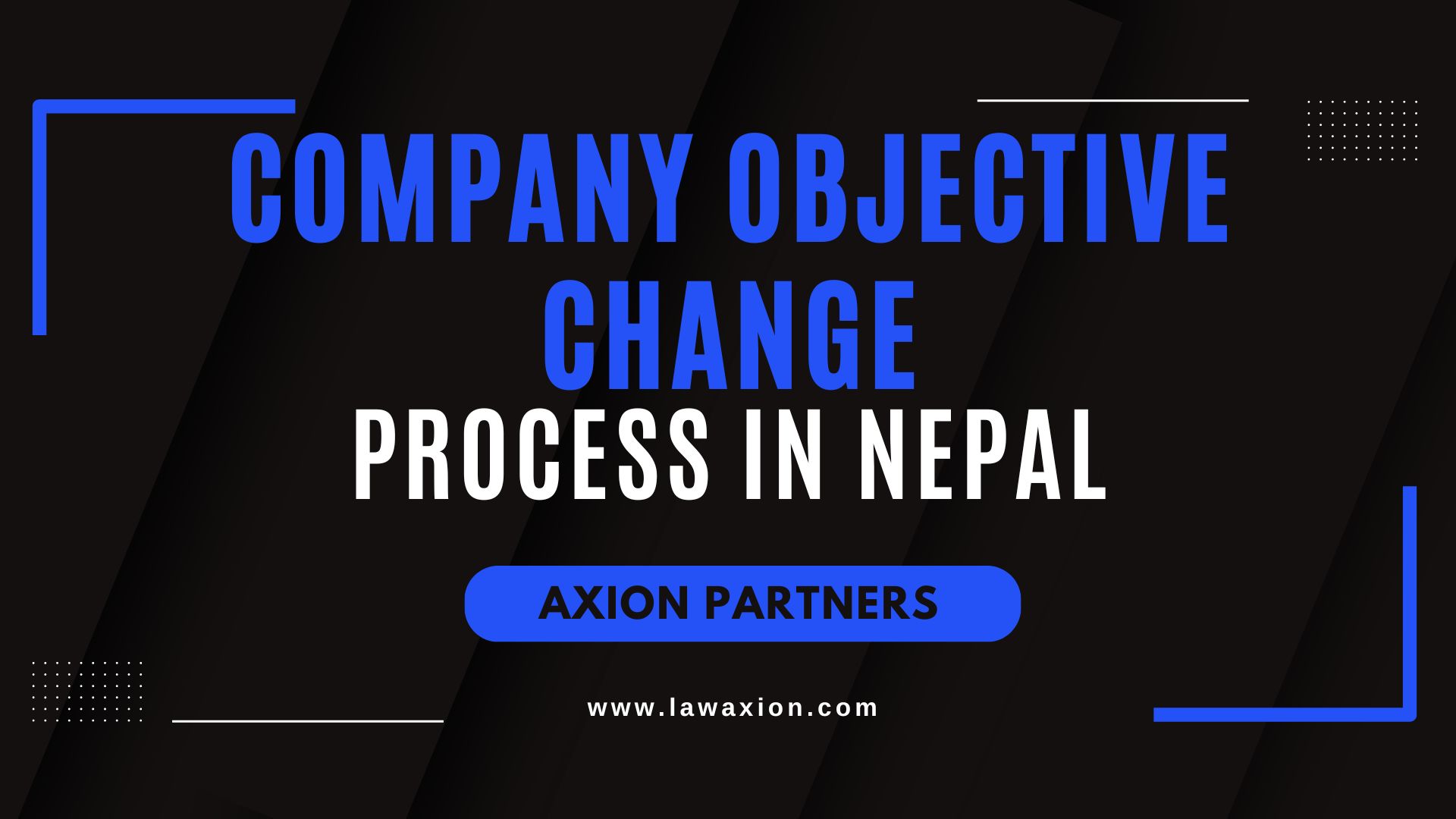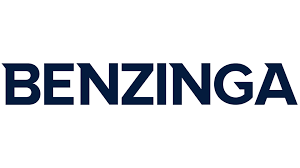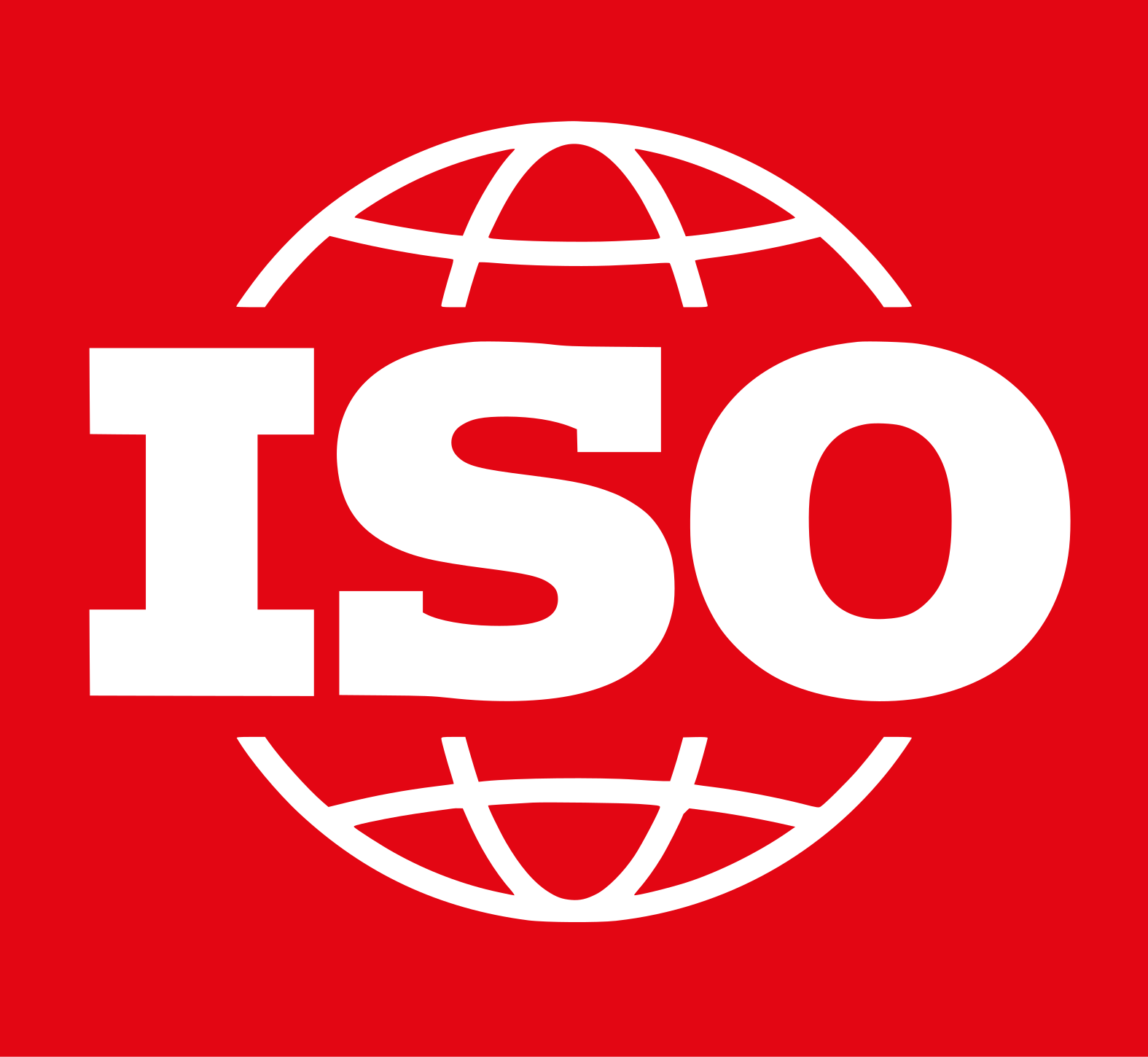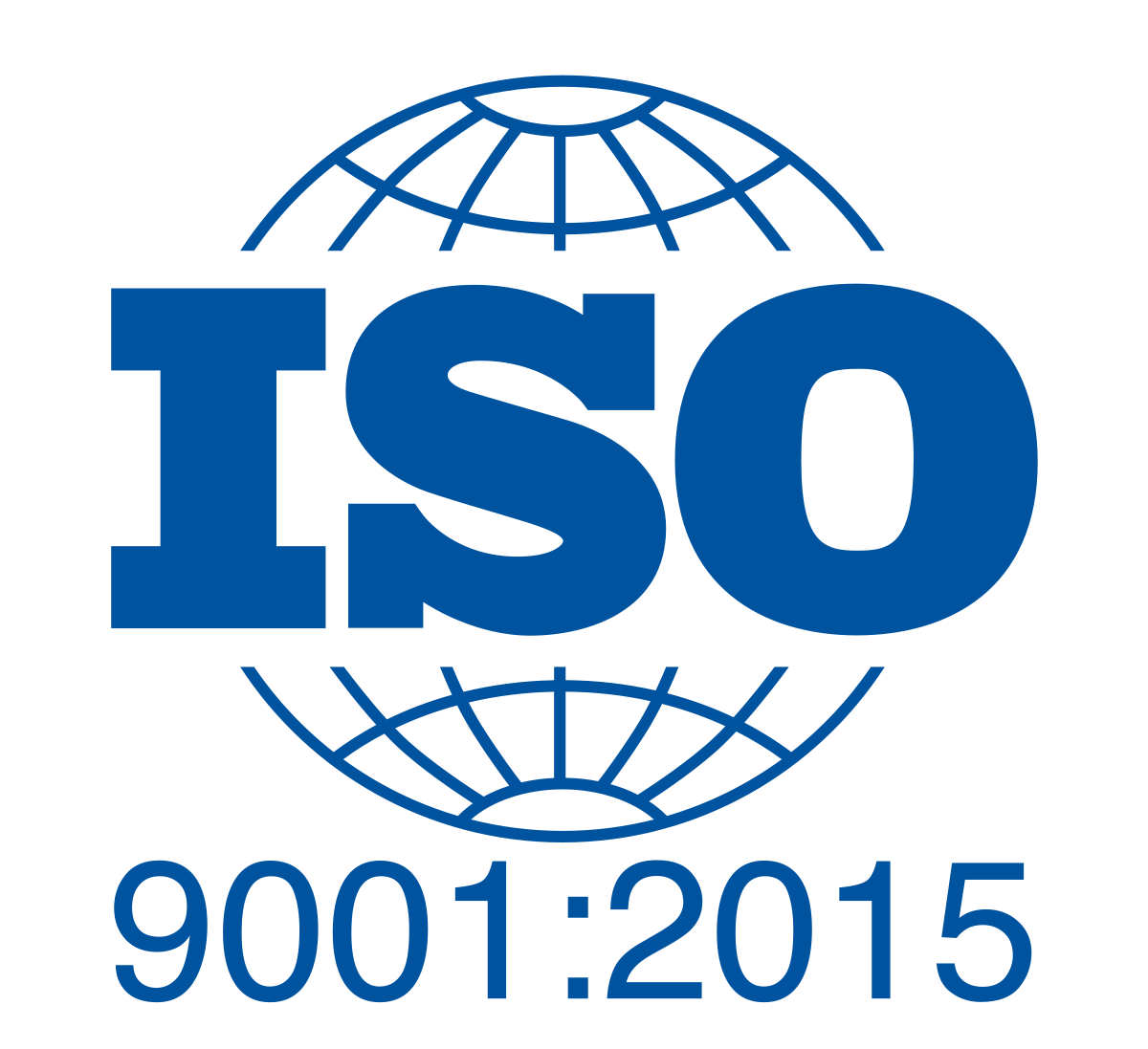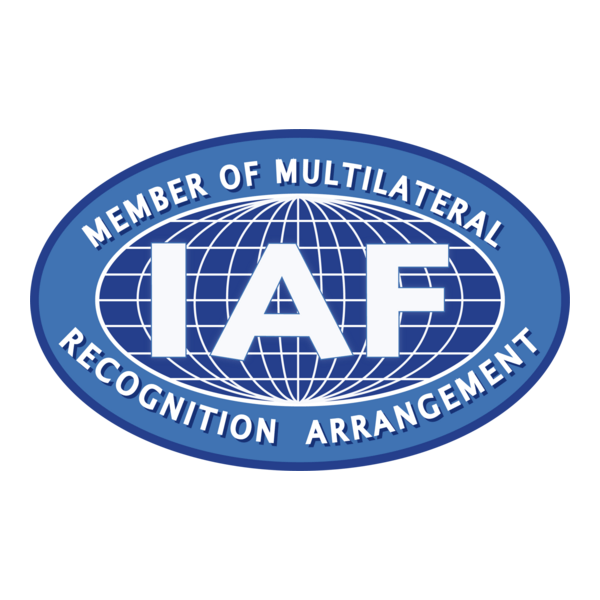Introduction to Company Objective Change Process in Nepal
In Nepal, the process of changing a company’s objectives is a significant legal procedure governed by the Companies Act 2063 (2006). This process allows businesses to adapt their core purposes and activities to evolving market conditions, strategic shifts, or new business opportunities. Understanding the intricacies of the company objective change process in Nepal is crucial for businesses seeking to expand or modify their operational scope.
The company objective change process in Nepal involves several steps, including shareholder approval, documentation preparation, and registration with the Office of Company Registrar (OCR). This process ensures that companies maintain transparency and comply with legal requirements while pursuing new business directions.
Legal Significance of Company Objectives
Company objectives, as defined in the Memorandum of Association (MOA), outline the primary purposes and activities of a business entity. These objectives serve as a legal framework that defines the scope of a company’s operations. Changing these objectives requires careful consideration and adherence to legal procedures to maintain compliance with Nepali corporate law.
Importance of Proper Objective Change Process
Adhering to the proper objective change process is vital for several reasons:
- Legal Compliance: Ensures the company operates within the bounds of Nepali law.
- Stakeholder Protection: Safeguards the interests of shareholders and creditors.
- Business Legitimacy: Maintains the company’s legal standing and credibility.
- Operational Flexibility: Allows companies to pursue new business opportunities legally.
Legal Requirements for Objective Change Process in Nepal
The legal framework for changing company objectives in Nepal is primarily governed by the Companies Act 2063 (2006). This act outlines the necessary steps and requirements for altering a company’s core purposes. Understanding these legal requirements is essential for a smooth and compliant objective change process.
Key Legal Provisions
- Special Resolution: As per Section 105 of the Companies Act, a special resolution passed by shareholders is mandatory for changing company objectives.
- Alteration of Memorandum: The company must alter its Memorandum of Association to reflect the new objectives.
- Regulatory Approval: Certain changes may require approval from specific regulatory bodies, depending on the nature of the new objectives.
Shareholder Approval Process
Obtaining shareholder approval is a critical step in the objective change process:
- Notice Period: A minimum 21-day notice must be given to shareholders before the general meeting.
- Quorum Requirement: The meeting must meet the quorum requirements as specified in the company’s Articles of Association.
- Voting Threshold: A special resolution requires approval from at least 75% of shareholders present and voting.
Essential Documents for Company Objective Change in Nepal
Preparing and submitting the correct documentation is crucial for a successful company objective change in Nepal. The following documents are typically required:
- Special Resolution: A certified copy of the special resolution passed by shareholders approving the objective change.
- Amended Memorandum of Association: The updated MOA reflecting the new company objectives.
- Board Resolution: A resolution from the board of directors proposing the objective change.
- Application Form: A completed application form for objective change, available from the Office of Company Registrar.
- Existing Company Documents: Copies of the current MOA, Articles of Association, and Certificate of Incorporation.
- Tax Clearance Certificate: A recent tax clearance certificate from the Inland Revenue Department.
- Shareholder List: An updated list of shareholders with their respective shareholdings.
Document Preparation Guidelines
When preparing these documents, consider the following:
- Accuracy: Ensure all information is correct and consistent across all documents.
- Language: Documents should be in Nepali or English, as per OCR requirements.
- Signatures: All necessary signatures from authorized personnel must be included.
- Notarization: Certain documents may require notarization for authenticity.
Step-by-Step Process of Objective Change Registration in Nepal
The process of registering a company objective change in Nepal involves several key steps:
Step 1: Board Meeting and Resolution
Hold a board meeting to discuss and approve the proposed objective change. Draft a board resolution detailing the reasons for the change and the proposed new objectives.
Step 2: Shareholder Notification
Issue a notice to all shareholders, informing them of the proposed objective change and calling for an Extraordinary General Meeting (EGM). This notice must be sent at least 21 days before the EGM date.
Step 3: Extraordinary General Meeting
Conduct the EGM where shareholders vote on the special resolution for the objective change. Ensure proper documentation of the meeting proceedings and voting results.
Step 4: Document Preparation
Prepare all necessary documents, including the amended Memorandum of Association, special resolution, and application form for the Office of Company Registrar.
Step 5: Submission to OCR
Submit the complete set of documents to the Office of Company Registrar along with the required fees. Ensure all documents are properly filled out and signed.
Step 6: OCR Review and Approval
The OCR will review the submitted documents. They may request additional information or clarifications if needed. Once satisfied, the OCR will approve the objective change.
Read More
- How to Establish a Branch Office in Nepal
- Digital Business Laws in Nepal
- Agriculture Company Registration in Nepal
Timeline Requirements for Company Objective Change in Nepal
The timeline for completing a company objective change in Nepal can vary depending on several factors. However, a general timeline can be estimated:
- Preparation Phase: 1-2 weeks
- Board meeting and resolution drafting
- Preparation of shareholder notice
- Notice Period: 21 days (minimum)
- As required by law for shareholder notification
- EGM and Documentation: 1-2 weeks
- Conducting the EGM
- Preparing post-EGM documents
- OCR Submission and Processing: 2-4 weeks
- Submission of documents to OCR
- OCR review and approval process
- Final Registration: 1-2 weeks
- Receiving updated registration documents from OCR
Total Estimated Timeline: 6-10 weeks
It’s important to note that this timeline can be affected by factors such as the complexity of the objective change, completeness of submitted documents, and OCR workload.
Cost Analysis of Company Objective Change in Nepal
The costs associated with changing a company’s objectives in Nepal can be categorized into several components:
Government Fees
- OCR Filing Fee: Varies based on company type and capital
- Stamp Duty: Applicable on certain documents
Professional Service Fees
- Legal Consultation: Fees for legal advice and document preparation
- Company Secretary Services: For managing the process and documentation
Miscellaneous Expenses
- Notarization Costs: For document authentication
- Printing and Stationery: For preparing multiple copies of documents
- Meeting Expenses: Costs associated with organizing the EGM
Estimated Total Cost Range
The total cost can range from NPR 20,000 to NPR 100,000 or more, depending on the company’s size, complexity of the change, and the extent of professional services required.
Government Fees for Objective Change Process in Nepal
Understanding the specific government fees is crucial for budgeting the objective change process:
- OCR Filing Fee:
- For Private Limited Companies: NPR 5,000 to NPR 10,000
- For Public Limited Companies: NPR 10,000 to NPR 20,000
- Stamp Duty:
- On Special Resolution: NPR 500
- On Amended MOA: NPR 1,000
- Publication Fee:
- For official gazette notification: NPR 1,000 to NPR 2,000
These fees are subject to change, and it’s advisable to confirm the current rates with the OCR or a legal professional.
Compliance Checklist for Company Objective Change in Nepal
Ensuring compliance throughout the objective change process is crucial. Here’s a comprehensive checklist:
- Board Resolution:
- Properly drafted and signed by authorized board members
- Shareholder Notice:
- Sent at least 21 days before EGM
- Includes clear explanation of proposed changes
- Extraordinary General Meeting:
- Quorum requirements met
- Special resolution passed with 75% majority
- Documentation:
- Amended Memorandum of Association prepared
- Special resolution certified
- All required documents notarized if necessary
- OCR Submission:
- All required documents included in submission
- Proper fees paid
- Regulatory Compliance:
- Any industry-specific approvals obtained (if applicable)
- Tax clearance certificate current and valid
- Post-Approval Actions:
- Updated documents filed with OCR
- Internal records and systems updated to reflect new objectives
Legal Framework Governing Objective Change Process in Nepal
The legal framework for company objective changes in Nepal is primarily based on the following:
- Companies Act 2063 (2006):
- Provides the primary legal basis for company operations and changes
- Company Registration Rules 2064 (2007):
- Outlines specific procedures for company registration and changes
- Industrial Enterprises Act 2076 (2020):
- Relevant for companies in industrial sectors
- Foreign Investment and Technology Transfer Act 2075 (2019):
- Applicable for companies with foreign investment
Key Legal Considerations
- Compliance with Section 105 of Companies Act for special resolutions
- Adherence to notice periods and voting requirements
- Proper documentation and filing procedures as per Company Registration Rules
Regulatory Authorities Overseeing Objective Change in Nepal
Several regulatory bodies may be involved in the company objective change process:
- Office of Company Registrar (OCR):
- Primary authority for company registrations and changes
- Department of Industry:
- Oversees changes for industrial enterprises
- Nepal Rastra Bank:
- Involved if the company is in the financial sector
- Securities Board of Nepal (SEBON):
- Relevant for public limited companies
- Inland Revenue Department:
- For tax-related compliance during the change process
Professional Services Required for Objective Change in Nepal
Engaging professional services can significantly streamline the objective change process:
- Legal Consultants:
- Provide expert advice on legal implications
- Assist in drafting and reviewing documents
- Company Secretaries:
- Manage the administrative aspects of the process
- Ensure compliance with regulatory requirements
- Chartered Accountants:
- Advise on financial implications of objective changes
- Assist with tax compliance matters
- Notary Public:
- Authenticate and notarize necessary documents
Industry-Specific Requirements for Objective Change in Nepal
Certain industries may have additional requirements for objective changes:
- Banking and Financial Institutions:
- Approval from Nepal Rastra Bank required
- Insurance Companies:
- Clearance from Insurance Board of Nepal necessary
- Hydropower Companies:
- May need approval from Ministry of Energy
- Education Institutions:
- Approval from Ministry of Education might be required
- Telecommunication Companies:
- Clearance from Nepal Telecommunications Authority essential
Stakeholder Approvals in Objective Change Process in Nepal
Securing stakeholder approvals is a critical aspect of the objective change process:
- Shareholders:
- Primary stakeholders whose approval is legally required
- Special resolution with 75% majority needed
- Board of Directors:
- Initial approval and recommendation to shareholders
- Creditors:
- May need to be notified or consulted, especially for significant changes
- Regulatory Bodies:
- Approval from relevant authorities based on industry
- Employees:
- While not legally required, informing employees is good practice
Common Challenges in Objective Change Process in Nepal
Companies often face several challenges during the objective change process:
- Shareholder Disagreements:
- Difficulty in achieving consensus among shareholders
- Regulatory Compliance:
- Navigating complex regulatory requirements
- Documentation Errors:
- Mistakes in preparing or filing necessary documents
- Timeline Delays:
- Unexpected delays in processing or approvals
- Industry-Specific Hurdles:
- Additional requirements for certain sectors
- Cost Overruns:
- Unexpected expenses during the process
Best Practices for Company Objective Change in Nepal
To ensure a smooth objective change process, consider these best practices:
- Thorough Planning:
- Carefully plan the change process and timeline
- Clear Communication:
- Keep all stakeholders informed throughout the process
- Professional Assistance:
- Engage legal and financial experts for guidance
- Document Accuracy:
- Ensure all documents are accurately prepared and reviewed
- Regulatory Compliance:
- Stay updated on all relevant laws and regulations
- Timely Submissions:
- Submit all documents and applications promptly
- Follow-Up:
- Regularly follow up with OCR and other authorities
- Record Keeping:
- Maintain detailed records of the entire process
FAQs: Company Objective Change Process in Nepal
- How long does the objective change process take?
- The process typically takes 6-10 weeks, depending on various factors.
- What documents are needed for objective change?
- Key documents include special resolution, amended MOA, board resolution, and OCR application form.
- Is an AGM required for objective change?
- An Extraordinary General Meeting (EGM) is usually sufficient, unless timed with the Annual General Meeting.
- What are the costs involved?
- Costs can range from NPR 20,000 to NPR 100,000 or more, including government fees and professional services.
- Can multiple objectives be added simultaneously?
- Yes, multiple objectives can be added or changed in a single process.
- Is a special resolution required for objective change?
- Yes, a special resolution passed by 75% of voting shareholders is mandatory.
- Do regulators verify new objectives?
- Yes, the OCR and other relevant regulatory bodies review and verify the proposed changes.
In conclusion, changing a company’s objectives in Nepal is a complex but manageable process. By understanding the legal requirements, preparing thoroughly, and following best practices, companies can successfully navigate this important corporate procedure. Engaging professional assistance and maintaining clear communication with all stakeholders are key to ensuring a smooth and compliant objective change process.
Resources: Hogan Lovells Publications, Kirkland & Ellis News, Shearman & Sterling Perspectives
Table of Contents
- 1 Introduction to Company Objective Change Process in Nepal
- 2 Legal Requirements for Objective Change Process in Nepal
- 3 Essential Documents for Company Objective Change in Nepal
- 4 Step-by-Step Process of Objective Change Registration in Nepal
- 5 Timeline Requirements for Company Objective Change in Nepal
- 6 Cost Analysis of Company Objective Change in Nepal
- 7 Government Fees for Objective Change Process in Nepal
- 8 Compliance Checklist for Company Objective Change in Nepal
- 9 Legal Framework Governing Objective Change Process in Nepal
- 10 Regulatory Authorities Overseeing Objective Change in Nepal
- 11 Professional Services Required for Objective Change in Nepal
- 12 Industry-Specific Requirements for Objective Change in Nepal
- 13 Stakeholder Approvals in Objective Change Process in Nepal
- 14 Common Challenges in Objective Change Process in Nepal
- 15 Best Practices for Company Objective Change in Nepal
- 16 FAQs: Company Objective Change Process in Nepal

